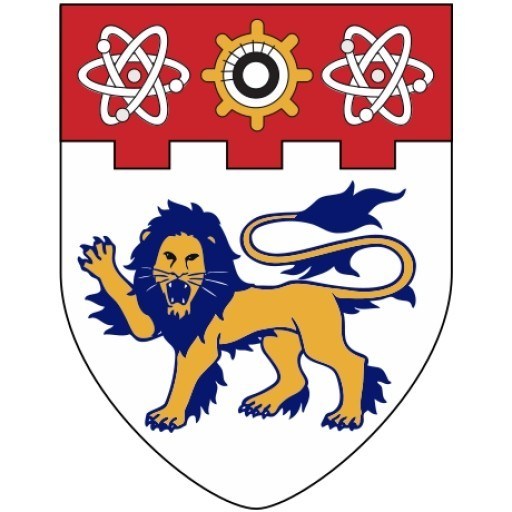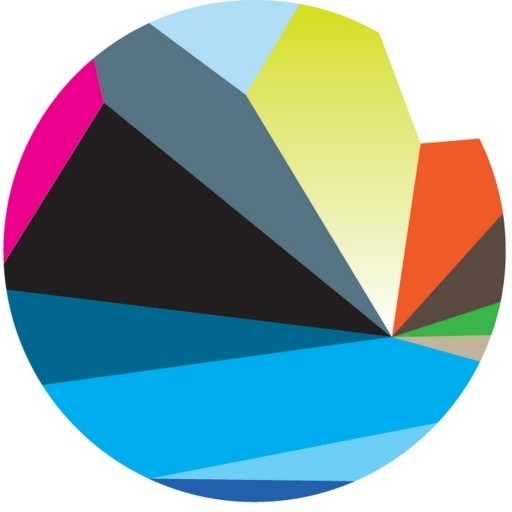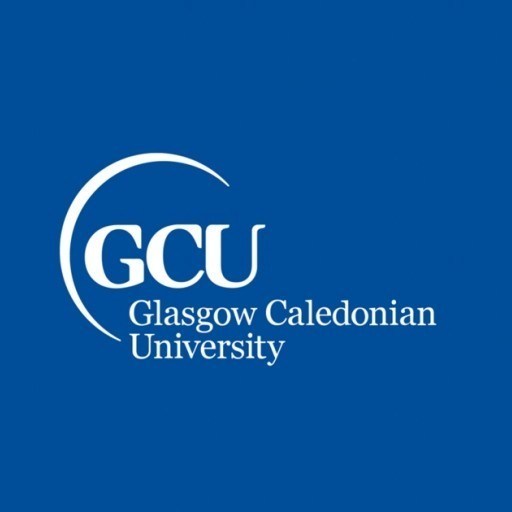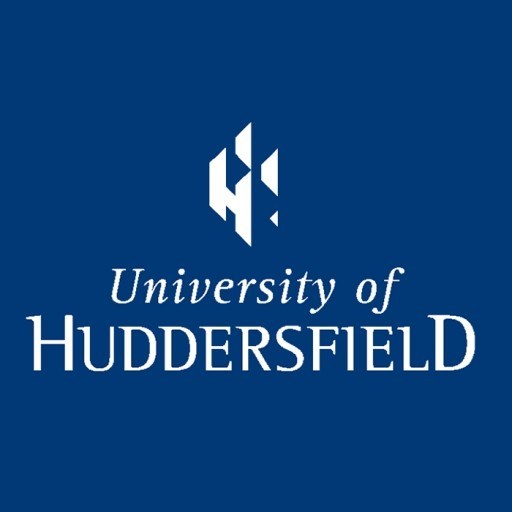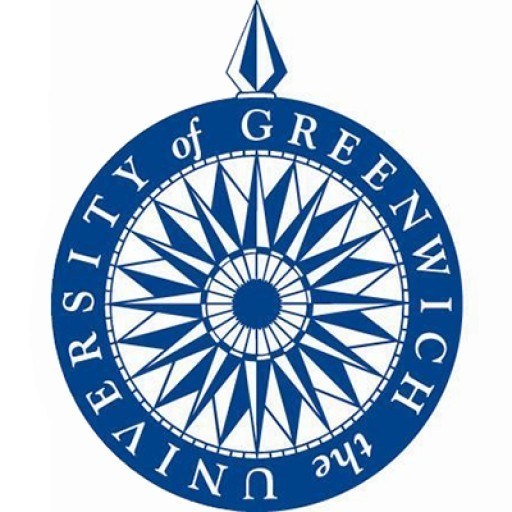Photos of university / #ntu_sg
The Bachelor of Digital Animation at Nanyang Technological University is a comprehensive undergraduate program designed to prepare students for dynamic careers in the digital arts and media industries. This interdisciplinary course integrates principles of visual storytelling, computer graphics, 3D modeling, animation techniques, and interactive media to cultivate technically skilled and creatively innovative professionals. Throughout the program, students gain hands-on experience with industry-standard software and tools, enabling them to produce compelling animated content across various platforms, including film, television, gaming, and virtual reality. The curriculum emphasizes both artistic development and technical proficiency, encouraging students to explore new forms of digital expression while mastering core animation workflows. In addition to technical skills, the program offers courses in digital design, media production, scripting, and storytelling, fostering a holistic understanding of contemporary digital media landscapes. Students have opportunities to collaborate on real-world projects, internships with industry partners, and research initiatives, which enhance their practical experience and professional readiness. The vibrant learning environment at NTU supports innovation and creativity, with state-of-the-art laboratories and dedicated facilities for motion capture, 3D rendering, and immersive media production. Graduates of the Bachelor of Digital Animation are well-equipped to pursue careers in animation studios, multimedia companies, game development firms, advertising agencies, and digital content creation. Emphasizing both technical mastery and artistic expression, the program aims to cultivate versatile and forward-thinking digital artists capable of shaping the future of digital media.
- Ethical Issues in Art, Design and Media
- The Contemporary Creative and Cultural Industry of Singapore
- Introduction to the Histories of Art I
- Introduction to the Histories of Art II
- Introduction to the Histories of Art III
- Issues in Art History and Theory
- Survey of New Media
- The Art and Architecture of 'The Long Century': 1789 - 1914
- Internship 10 Weeks
- Modern and Contemporary Chinese Art
- Survey of Modern Art, 1900 - 1945
- Art in the Age of Colonialism
- Nature in Art and Visual Culture
- Cities, Bodies, Memories, Art and Everyday Life in Contemporary Singapore
- Issues in Global Contemporary Art
- Contemporary South-East Asian Art
- Research Methods in Art and Design
- From Modern to Post-Modern Art 1945-1985
- Ways of Seeing: Exploring Visual Culture
- The Fantastic in Western Visual Arts
- Professional Practice for Creatives
- The Modern and Modernism in Southeast Asian Art
- From Colonialism To Tourism: Early Photography in Asia
- Faith and Art
- Introduction to Japanese Art
- Visualization of Cultural Heritage
- Aesthetic Manifestations of Buddhist Devotion & Practice
- Contemporary Curating
- Seminar in Theories and Practices of Heritage Activism
- Independent Study
- Research Perspectives in Cultural Cinema
- Design Thinking
- Imag(in)ing the Silk Road: Heritage and Media
- British Art: 1839 - 1939
- West Asian Cultures & the Art & Architecture of the Ottoman Empire
- Heritage Studies: An Introduction
- Introduction to Museum Studies
- Special Topics: Artists' Books and Constructed Images
- Special Topics: Professional Arts Practice Project
- Special Topics: Special Animation Techniques
- Thinking and Communicating Visually I
- Thinking and Communicating Visually II
- Thinking and Communicating Visually III
- Applied Drawing
- Painting
- Watermedia Landscape Painting
- Introduction to Bio-Centric Art and Design
- Art, Design and Material Connections
- Space and Spectacle
- Technology Art in Fashion
- Open Source Studio: Media and Performance
- Augmenting Singaporean - We are the Metaverse
- Designing: From the Asian Point of View
- Animation: The Asian Perspective
- Final Year Project
- Drawn Animation I
- 3D Production
- History of Visual Effects
- 3D Modelling I
- Graphic Storytelling
- Lighting and Rendering Pipeline I
- Issues in Animation Practice
- History of Animation
- 3D Modelling II
- Storyboarding
- Digital Compositing
- Stop Motion
- Digital Painting
- Fundamentals of Stereography
- Projection as Art
- Advanced 3D Production
- Drawn Animation II
- 3D Character Animation I
- Visual Effects I
- Visual Effects II
- Rigging for Animation
- 3D Character Animation II
- Animation Seminar I
- Animation Development and Preproduction
- Cinematic Concepts and Motion Capture
- Creating Digital Art With Open Source Tools
- Digital Animation Final ProjectFoundation Drawing I
- Foundation 2D I
- Foundation 3D I
- Foundation 4D I
- Foundation Drawing II
- Foundation 2D II
- Foundation 3D II
- Foundation 4D II
- Digital Film Production I
- Film Editing
- Cinematography I
- Writing For Film
- Ethnographic Film
- Issues in Film Practice
- History of Film
- Research Perspectives in Film Practice
- Cinematography for Visual Effects
- Documentary Filmmaking
- Film Producing
- Digital Film Production II
- Audio Post-Production for Film
- Cinematography II
- 16mm Film Production II
- Sound for Film
- Film Directing
- Experimental Film Production
- Advanced Directing for Film
- Survey of Experimental Filmmaking
- The Art of Lighting
- Digital Filmmaking Final ProjectCreative Design in Communication and Marketing
- Singapore Architecture: The Historical, Cultural and Socio-Economic Perspectives
- Eco-Architecture in the Urban Living Environment
- Aesthetic and Creative Use of 2D Media
- Aesthetic and Creative Techniques of the Moving Image
- The Magic of Voice in the World of a Singer
- Creative Thinking in Design Solutions
- Interactive I
- Game Design I
- Sound Art
- Interactive Public Art and Media
- History of Games
- Soundscape Design
- Narratives for Interaction
- Interactive II
- Programming for Art and Games
- Performance and Interaction
- Scenography and Media
- Issues in Interactive Media Practice
- Art, Technology and the Image
- Web Design
- Screen-Based Interaction
- Robotic and Kinetic Media
- Interactive Spaces
- Gameplay Motion
- Interactive Devices
- Game Design II
- Generative Forms
- Programming for Audiovisual Performance
- Project Development and Planning
- Sound for Interactive Media
- Open Source Studio: Internet Art & Culture
- Interactive Media Final ProjectPhoto Imaging I: Black and White Photography
- Digital Photography
- History of Photography
- The Critical Eye: Seeing and Understanding Photo Media
- Photo Imaging II: Colour Photography
- Principles of Lighting
- Experimental Photography
- Advanced Black and White Photography
- Art and Ecology Workshop
- Professional Directions in Photography
- Fashion Photography
- Photographic Lighting for Studio and Location
- Narrative Portraits
- Text and Image
- Fine Art Digital Printing
- Documentary Photographic Projects
- Contemporary Landscape Photography
- Location Experiences in Photography
- Moving Image for Still Photographers
- Extended Image
- Product Design Final ProjectSustainable Design
- Conceptual Design
- Product Design I
- Issues in Product Design Practice
- History of Product Design
- Product Design II
- Computer Aided Design I
- Product Design Seminar
- Surface Design
- User Experience in Design
- Products in an Asian Cultural Context
- Islamic Art and Design
- Product Design III
- Studies in Form
- Computer Aided Design II
- Advanced Development and Prototyping
- Designing With Light
- Product Design IV
- Product Design Final ProjectTypography I
- Visual Communication I
- Illustration for Designers
- History of Graphic Design
- Typography II
- Visual Communication II
- Designed Experiences
- Interface Design
- Design in Motion
- Packaging Design
- Pattern, Art, Design and Architecture
- An Introduction to Visual Anthropology
- Visual Communication III
- Typography III
- Editorial Design
- Spatial Design
- Cultural Context in Asian Design
- Brand Design
- Production for Graphic Designers
- Contemporary Issues in Visual Communication Theory
- Visual Communication IV
- Information Visualization
- Art, Design and Science
- Graphic Communication
- Visual Communication Final Project
General Requirements
You must have completed at least 12 years of general education or will be taking High School national examinations in the year of application in order to be considered for admission.
Submission of IELTS or TOEFL or SAT (previously known as SAT Reasoning Test or SAT 1) or Pearson Test of English Academic (PTE Academic) or Ameson English scores are only compulsory for applicants
-
with PRC Gao Kao qualification (i.e. applicants who will be taking Gao Kao in June 2016 and those who have already taken Gao Kao) OR
-
who do not take up English language in Junior and Senior High School or taken English language only as a 2nd language.
Only scores obtained in the 2 years leading up to the application deadline will be considered.
Minimum Subject Requirements
Mathematics at Junior High School Level/IB Standard Level AND A good grade in English at Senior High School Level / IB Standard Level In addition, applicants are required to produce and submit the following materials for admission assessment:
- Portfolio
- Personal Statement and Writing Samples
- A Creative Project
- Three Visuals
Mother Tongue Language (MTL) Requirement for Singapore Citizens and Permanent Residents
All Singapore Citizens and Permanent Residents applying for admission must fulfil any one of the following minimum requirements under MOE mother tongue policy:
- a grade D7 for Higher MTL at Singapore-Cambridge GCE O-Level; or
- a pass in MTL 'B' or a grade S for H1 MTL or H2 MTL Language and Literature or General Studies in Chinese at Singapore-Cambridge GCE A-Level; or
- a pass in MTL A: Literature or MTL A: Language and Literature or Language B MTL at Standard or Higher Level at IB Diploma; or
- an MOE-approved MTL-in-lieu or MTL-exemption.
Students who have not satisfied the requirement above may be admitted on a provisional basis and will be required to attain the MTL within the period of their University study.
Nanyang Scholarship
The Nanyang Scholarship, NTU’s foremost undergraduate scholarships are awarded to outstanding freshmen pursuing undergraduate programmes. Nanyang Scholarship recognizes students who excel academically, demonstrate strong leadership potential, and possess outstanding co-curricular records.
| Eligibility |
|
College Scholarship
The College Scholarship is awarded to outstanding freshmen pursuing full-time undergraduate programmes in NTU.
| Eligibility |
|
The Bachelor of Fine Arts in Digital Animation at Nanyang Technological University (NTU) is a comprehensive undergraduate program designed to equip students with the technical skills, creative talents, and theoretical knowledge necessary to excel in the rapidly evolving field of digital animation. The curriculum integrates foundational art and design principles with advanced digital techniques, allowing students to develop their own artistic style while gaining proficiency in industry-standard software and tools. Throughout the course, students engage in a variety of projects that mimic real-world scenarios, fostering a professional mindset and collaborative skills essential for careers in animation, gaming, film, and multimedia industries. The program emphasizes both 2D and 3D animation, character design, storyboarding, visual effects, and digital storytelling, supported by courses in computer graphics, programming, and multimedia production.
Students benefit from state-of-the-art facilities, including dedicated animation labs, motion capture studios, and animation software suites, providing an immersive learning environment. The program also encourages interdisciplinary collaboration, often partnering with other departments such as Interactive Media and Creative Computing, to broaden students’ perspectives and innovation potential. Faculty members are industry professionals and academic experts committed to nurturing talent and encouraging experimentation. The program prepares graduates with a portfolio of diverse projects, ready for employment in animation studios, entertainment companies, advertising agencies, and digital media firms. Additionally, students have numerous opportunities for internships and industry attachments, enabling them to gain practical experience and build professional networks. Alumni of the program have gone on to work at reputable studios and organizations worldwide, reflecting the program's strong industry relevance. Graduates are also well-positioned to pursue postgraduate studies or entrepreneurial ventures in digital arts and animation fields. The Bachelor of Fine Arts in Digital Animation underscores NTU’s commitment to fostering innovative digital talents who are ready to shape the future of visual storytelling and entertainment.
